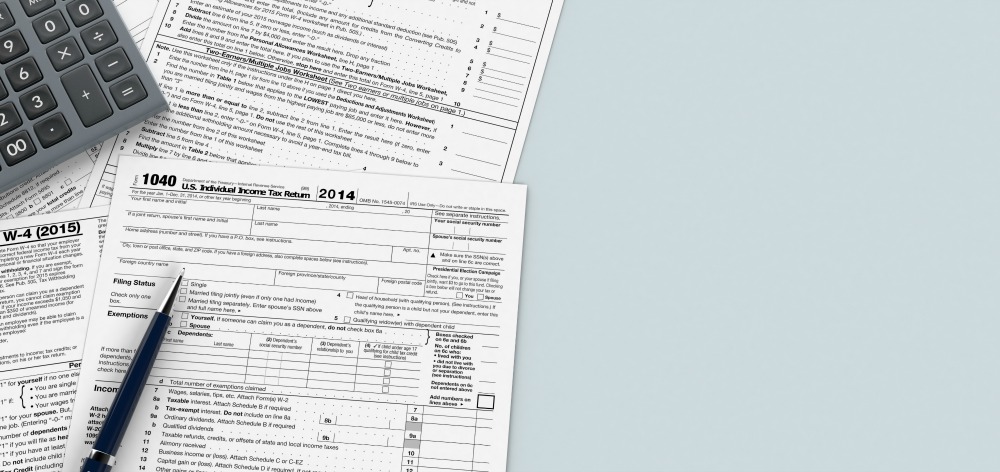In preparation for the upcoming tax season, the Internal Revenue Service (“Service”) is working to create new forms, update and resurrect others and scrap the “POST CARD” 1040 from. The Service continues to work to simplify the various filing processes for taxpayers. Below is our 2019 IRS mid-year tax update:
1099 Non-Employee Compensation (NEC):
Taxpayers are aware that they are required to report the payment of non-employee compensation (NEC) on form 1099 MISC under box 7 by January 31. Other types of miscellaneous income are reported on 1099 MISC and are due by February 28 if filing by paper or April 1 if filing electronically. See the table below for other filing dates.
| Form | 1099 Due Date to Recipients | Filing to IRS By Mail | E-Filing to IRS |
| 1099-MISC (NEC Only) | January 31, 2020 | January 31, 2020 | January 31, 2020 |
| 1099-DIV | January 31, 2020 | February 28, 2020 | April 01, 2020 |
| 1099-INT | January 31, 2020 | February 28, 2020 | April 01, 2020 |
| 1099-R | January 31, 2020 | February 28, 2020 | April 01, 2020 |
Many Taxpayers are unaware that if you file a 1099 MISC with NEC income and file other 1099 MISC after the January 31 due date that the entire batch of 1099s are late and subject to penalties even though the 1099s without NEC income have a later filing due date. To avoid being subject to late fees, file all 1099s by January 31 or separate the NEC income from the balance of your 1099 filings. For the 2019 tax season, the IRS has resurrected the form 1099 NEC. We recommend the use of this form for all NEC income on a go forward basis to reduce or eliminate late filing penalties.
W-4 for 2020
The Tax Cuts and Jobs Act (TCJA) made changes to the tax code including the elimination of personal exemptions, doubling the standard deduction and changing tax rates and brackets. It has been a challenge for the IRS to create a W-4 that implements and complies with the new provisions of the TCJA. After a tough 2018 tax season, the IRS and US Treasury Department collected extensive feedback from tax and payroll communities to redesign a W-4 to best serve taxpayers. This new document should be more accurate and transparent to employees.
Of initial note, the new W-4 no longer uses personal exemptions, as they have been removed from the tax code. The redesigned W-4 is a quick five (5) step process. Only steps 1 and 5 are required; steps 2-4 are required if applicable. Step 1 requires your personal information including your filing status. Step 2 addresses taxpayers with multiple jobs and spouses that work outside the home. Step 3 requires information regarding your income and the number of qualifying children broken out by those under and over age 17. Step 4 allows for customizing your withholdings to consider other income, other deductions and extra withholdings. Step 5 requires you to date and sign the form.
The new W-4 form also refers employees to irs.gov/W4App for assistance in calculating the most accurate withholdings.
With all the changes to the tax code, the W-4 and the miscalculations in the 2018 tax returns, we are encouraging our clients to review their current withholdings and call us with any questions.
2018 “POST CARD” 1040:
The IRS recently announced that it is scrapping the 2018 “POST CARD” form 1040. Although proponents of tax reform desire a shorter and simpler form, the truth of the matter is that the IRS simply needs more information than can be furnished on a post card. Although the 2018 form 1040 was shorter, it required taxpayers to furnish additional information on up to six (6) different forms. Taxpayers and the tax community felt the form was inefficient and difficult to follow, flipping back and forth between schedules and the 1040. The new form, which is a work in process, is more like the traditional 2-page form and the schedules have been reduced from 6 to 3. The IRS expects to have the final version of the 2019 1040 in place by early November of this year.
As always, please feel free to reach out to our Team with tax and withholding questions.




